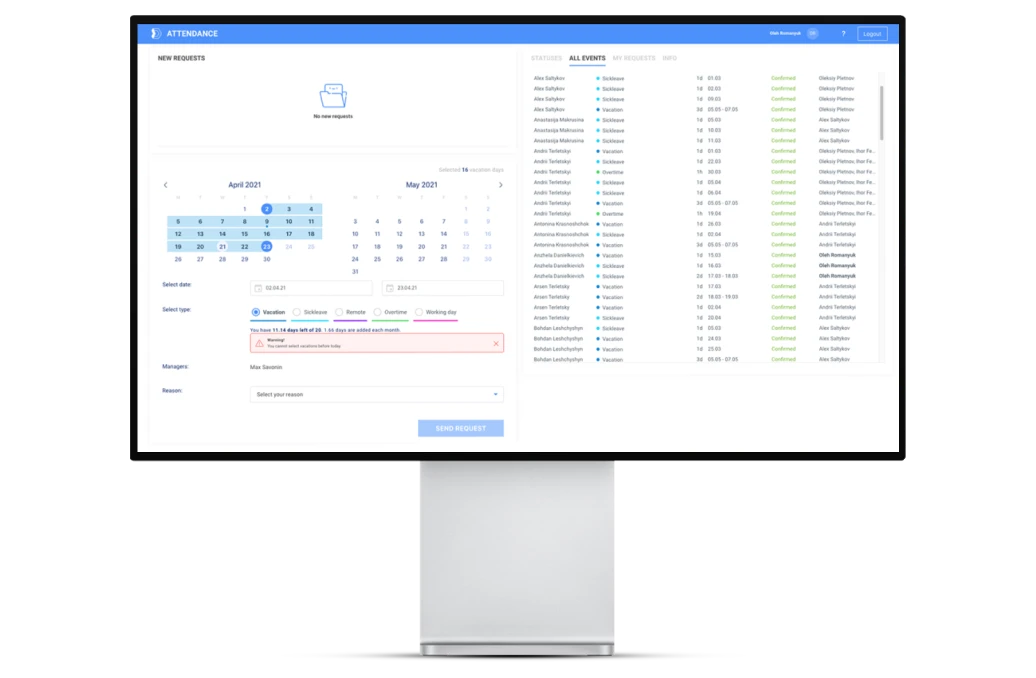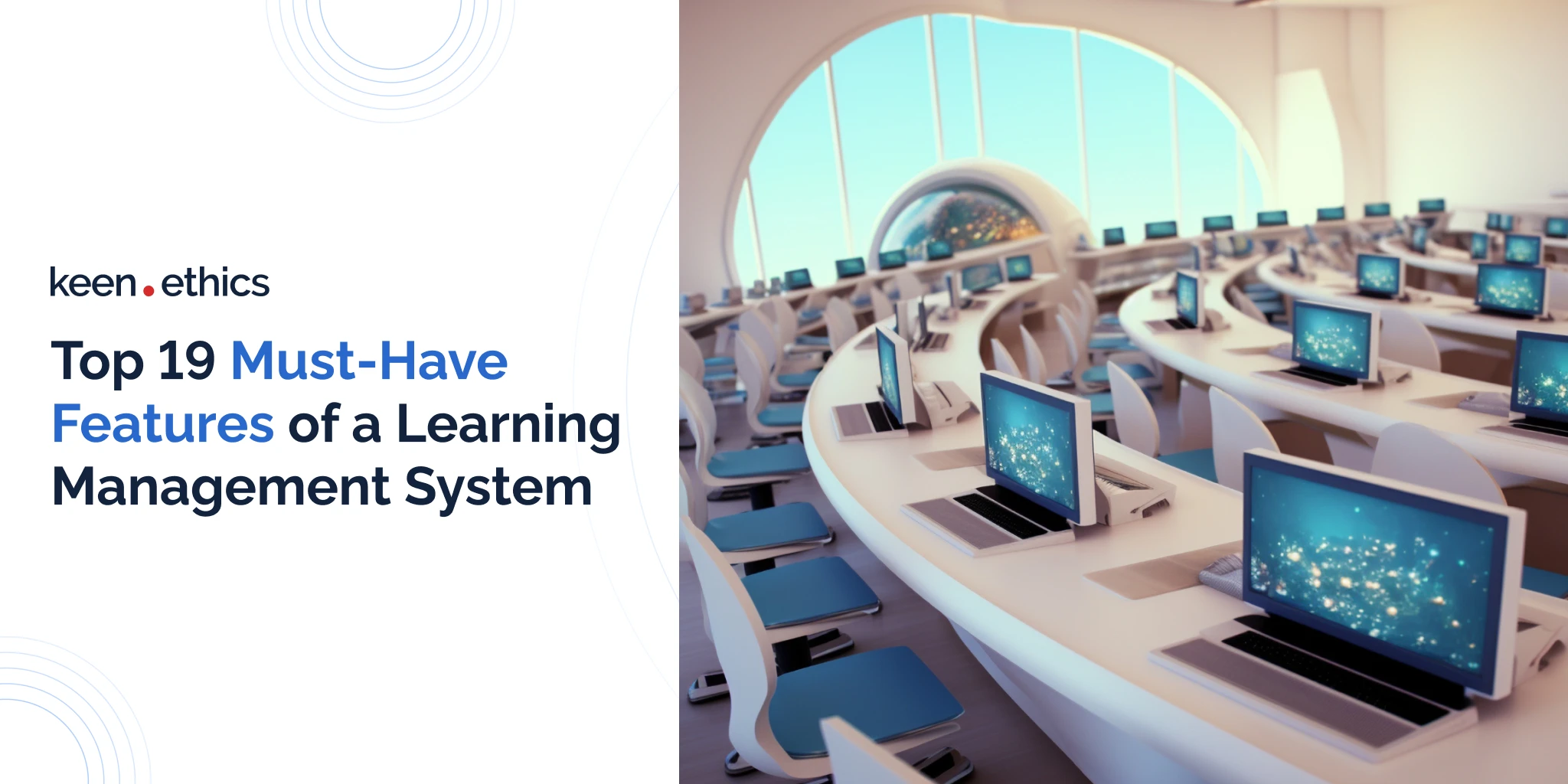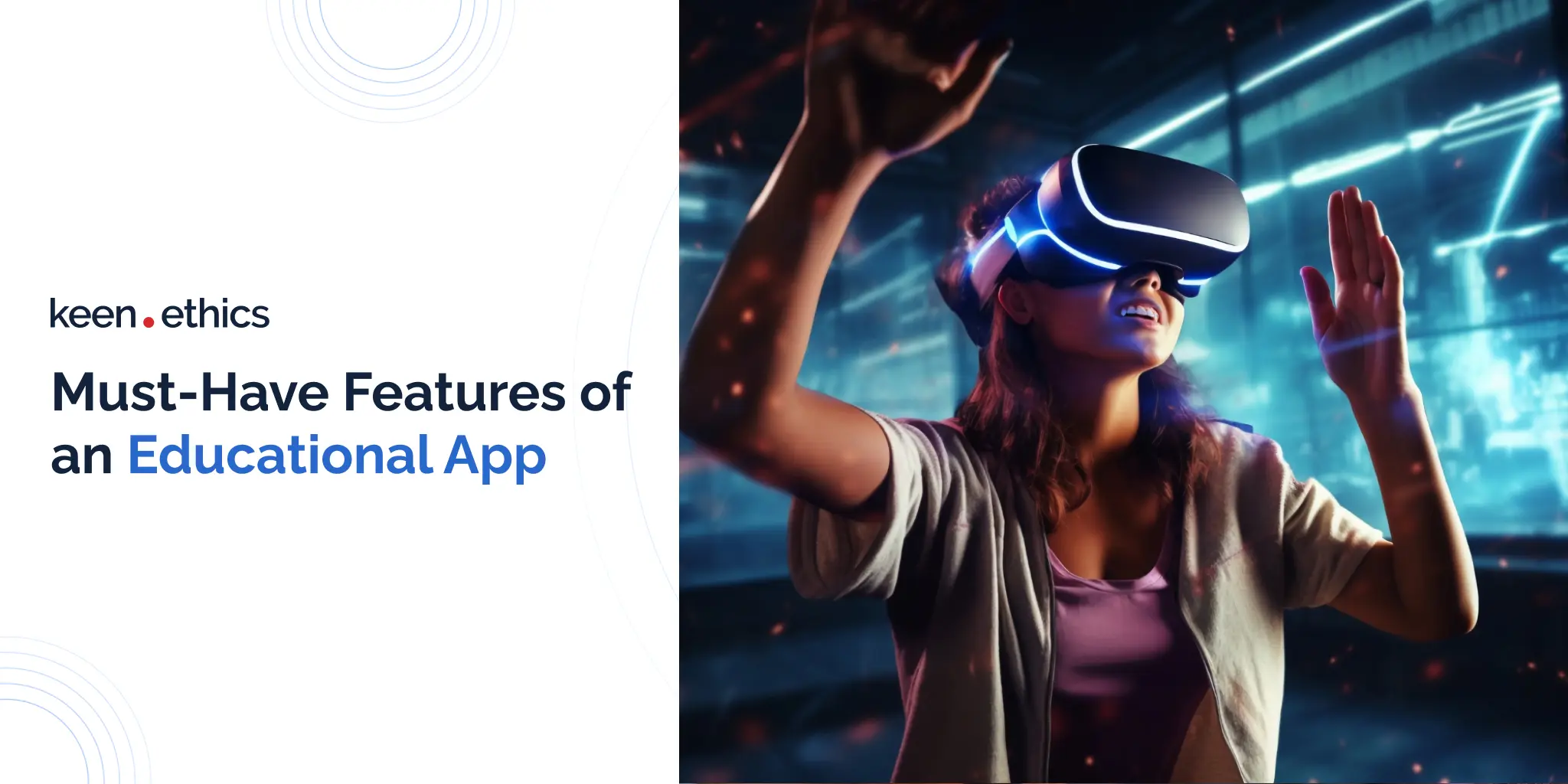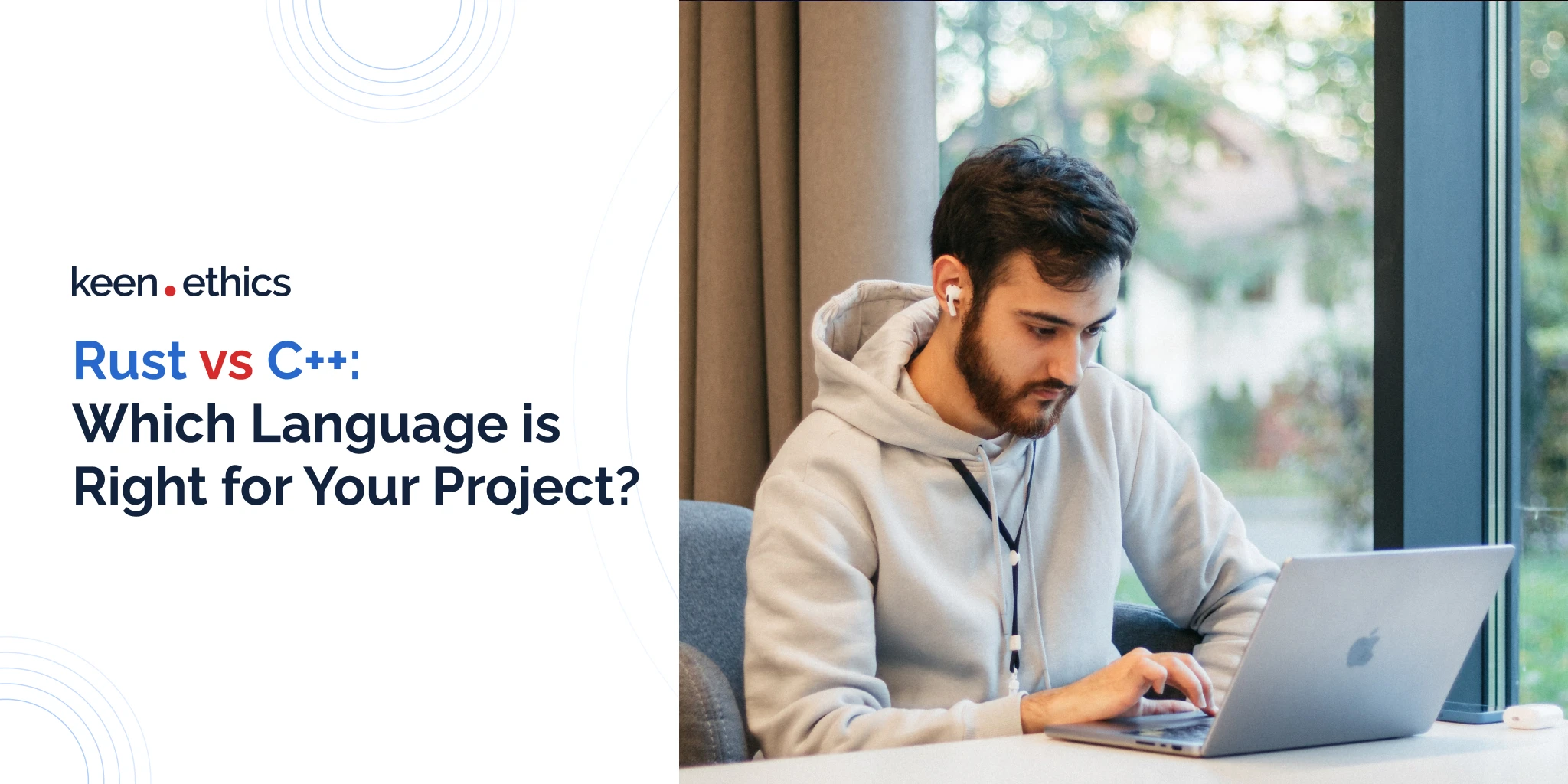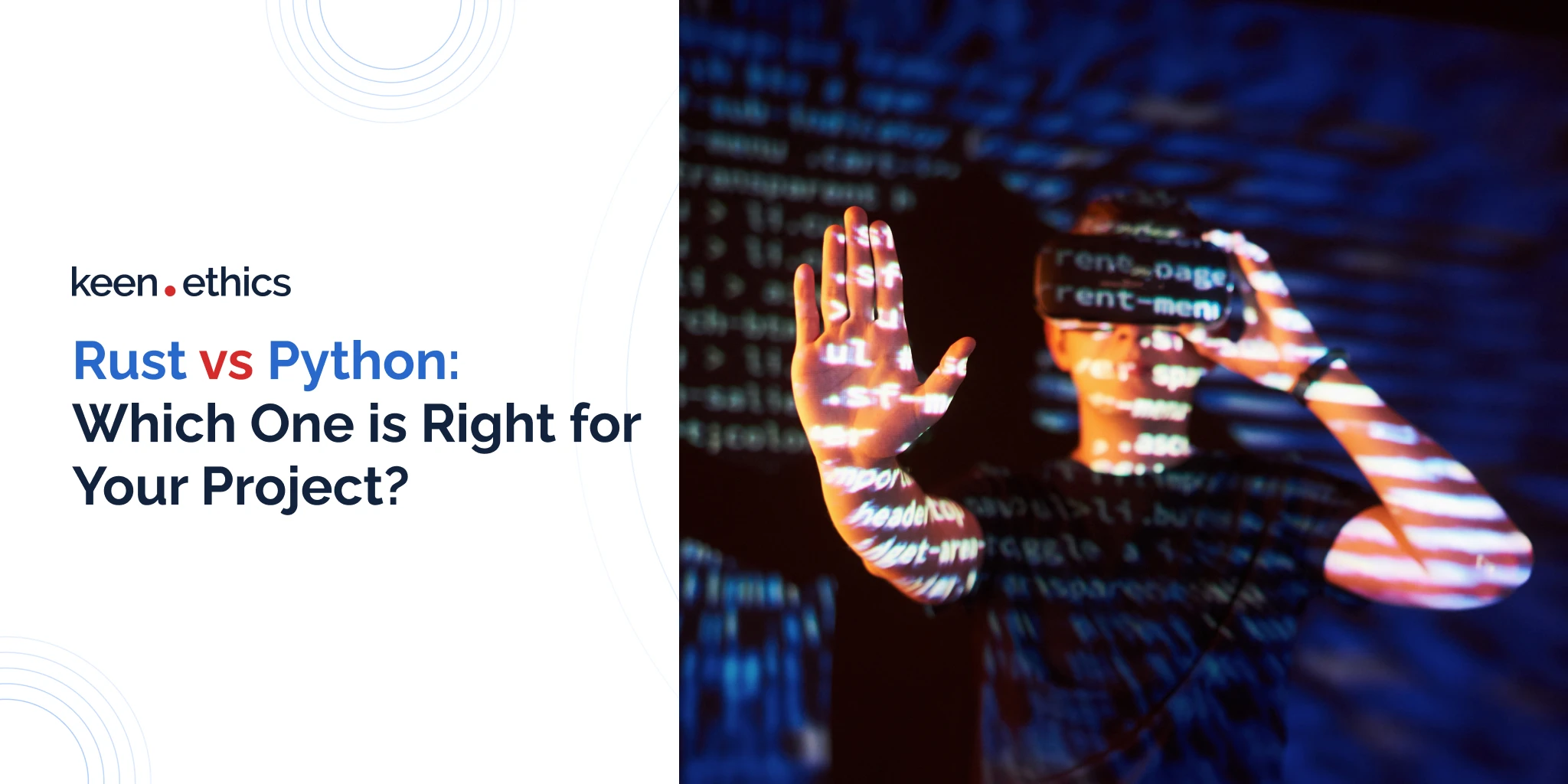A deep-dive into the benefits of chatbot and AI technology for learners, educators, businesses, and the entire educational system
No, artificial intelligence is not just about robots. Of course, it would be interesting to design the second Sophia and to trust her with your company. But you never know what would happen next…
The solution we offer is simpler and more down-to-earth. Also, it is more cost-efficient.
In fact, artificial intelligence is everything from a spam filter in your e-mail box to a smart personal assistant like Siri or Cortana. Chatbots, data analysis and forecasting platforms, surveillance and security systems, and even newsfeed personalization services — all these employ machine learning to serve the best needs of their users. AI is actively used in e-commerce, marketing, finances, and business management. Less but still quite often, it is used among educators. But how can your educational company benefit from AI development?
Before we start, let’s answer the most common questions about AI
What is AI?
Artificial Intelligence (AI) is any computer-based system that performs cognitive tasks usually associated with humans, in particular, learning, decision making, and problem solving.
What is a chatbot?
The chatbot is an interactive computer program, which is designed specifically to converse via textual or auditory means.
What is big data?
Big data is a general name of data sets that are too large and complex to process with simple algorithms. To be analyzed, big data requires sophisticated algorithms or machine learning systems.
What is general and narrow AI?
Narrow AI is taught to perform one particular cognitive task. General AI closely resembles the human mind and can perform almost any cognitive task. It is quite a dystopian concept, which does not yet exist and is not likely to emerge in the near future. Basically, all the currently existing AI systems are narrow.
What is machine learning?
Machine learning is a computer system, which not only follows a set of prescribed rules but develops itself in the process of data collection and analysis. A machine learning algorithm needs to be provided with a sufficient set of initial data. Based on the analysis of it, it can learn to solve problems, and each time, the solutions will be better and faster.
What is a neural network?
Neural networks are AI systems, designed to resemble the neural structure of the human brain. Neural networks consist of layers of artificial neurons — “nodes”. Each node gets data from the upper-layer node and passes it down to the lower-layer node. Each unit of data is assigned a certain value, which defines whether it can be passed on.
Let’s have a closer look under the hood of a chatbot
AI is not necessarily a sci-fi miracle. It can be a simple back-end algorithm letting the application serve a certain complex function. It does not necessarily have to be developed from scratch. Instead, there are a lot of ready-made solutions used by developers. How can AI be used in education industry? The first answer that comes to mind is “chatbot”.
Chatbot is a simple AI technology based on Natural Language Understanding (NLU) algorithms.
Natural Language Understanding is an AI approach aimed to recognize text or speech sentences with the use of computer software. NLU enables direct communication with a computer, which can statically interpret human language. NLU algorithms employ machine learning to carry out and constantly improve semantic parsing and grammar engineering.
Natural Language Understanding is used by Alexa, Siri, Cortana, and Google Assistant. It may assist businesses with social media interactions, marketing, content management, business and finance. This solution is effective and easy to implement, so it is a win-win situation for both business and its customers.

Moreover, there are a lot of ready-made NLU solutions, so the developer does not have to reinvent the wheel. The list of existing NLU services includes IBM Watson Conversation, Google NL, Amazon Lex, SAP Conversational AI, Microsoft LUIS, SNIPS API, Wit.ai, Dialogflow.
Yet, nobody has promised that NLU development would be a hundred percent free of challenges. The process can be complicated by language, speech, or subject ambiguities, which sometimes may be difficult or impossible to overcome.
Key Ways to Use Educational Chatbots
1. Streamlining admission
One of the most time-consuming administrative tasks for many educational institutions is the admission process. Modern AI-powered chatbots can serve as a virtual assistant during this process. In this regard, they do two important tasks. Firstly, educational chatbots can automate the whole admission process by giving vital advice to students. Secondly, AI-based platforms streamline some aspects of admission decision-making. Yes, it’s dangerous to use them for making key decisions on selecting certain people, but they may be great at reviewing formatting or pointing the applicants to missing information in their documents. All these approaches are perfect at improving student satisfaction because they remove many fears, such as anxiety about proper document completion.
2. Providing student feedback
Modern educational chatbots are also recognized for their ability to serve as great feedback platforms. The rising automation in the global economy creates greater demands for the education levels of the prospective students. Consequently, finding enough teachers who will be able to review all study material is often difficult. In this respect, chatbots can automate many aspects of assessment by helping students refine their essays or assess if they’re doing repetitive tasks correctly. Once again, the core factor here is not to allow educational chatbots to have full control over the assessment process. They can replicate the biases of their creators; hence, the final decisions on the student responses should remain under the control of the teachers.
3. Supporting students during the education process
A common reason for the failure of the students during, for example, online courses which became popular with the onset of the global COVID-19 pandemic 4 years ago was the inability to get proper feedback. Many students felt that they were completely excluded from the learning process because the opportunities for holding a proper conversation with an average teacher were low. As a result, many people in the educational sector fell behind because they simply couldn’t get proper feedback. The AI-powered chatbot model can finally solve this problem in distance learning, which is highly popular these days. In this respect, chatbots are capable of answering the majority of the student questions. As a result, the demand for teacher input can fall rather significantly, allowing them to focus on the most difficult student inquiries.
4. Engaging students
A common problem for many students is the lack of motivation. In this regard, two difficulties typically arise. Firstly, they don’t get enough student feedback from the instructors and feel isolated in the learning process. We’ve already discussed how this concern is common in online education, and what benefits AI-powered tools offer in this case.
Secondly, many students feel that they don’t get engaging and complex tasks. Educational chatbots are already advanced enough to create genuinely complex tasks for learners. It’s possible to, for example, come up with highly detailed curveball questions using these tools. Thus, teachers can use chatbots to challenge gifted students, who may feel disengaged by the lack of challenge in the education system. With the rise of platforms like GPT5, the advantages of chatbots will become even greater in this respect.
5. Assisting teachers
Lastly, education bots are well-known for their ability to assist teaching staff with many everyday tasks. Apart from simplifying admissions and automating some aspects of assessment, they can be of use in other use cases that appear in the education sector. For example, lecturers may use chatbots to create long-term lecture scripts by offering chatbots shorter descriptions of what they want to say. It’s possible to generate great examples and even improve the presented lectures stylistically. Language-learning teachers can also benefit from the ability to generate various exercises for their learners. In short, chatbots (especially, the ones using AI) are one of the best ways to promote time and, later, cost savings.
I have a lot of experience in this sphere, and I am happy to share it with readers. Have a look at my article “Voice App Development: Opportunities and Challenges”!
What are the benefits of chatbots and AI?
Chatbots are the optimal way to personalize your website or platform for the best needs and interests of your users. Using chatbots and other advancements in AI and machine learning, you can understand your users better and offer them exactly the answers or services that they need.
Part 1: Benefits for learners and users

#1. Users can improve their language skills
All language learners remember the rule that “practice makes perfect”. However, what if one does not have an opportunity to travel abroad and communicate with foreigners or to hire a personal tutor? In this case, one will be delighted to talk to a chatbot, which will let the user practice their speaking, listening, reading, and writing skills. Chatbots have been already implemented by both AI education startups and mature companies, for example, Duolingo, Memrise, Babbel.
#2. Users can access educational materials
Today’s learners want to instantly get all the answers. Marketing specialists around the world acknowledge the fact that patience is not a virtue of millennials and younger generations. You will rarely see one in a library flicking through numerous books. They google the information. Instead of searching for an unknown word in the dictionary, they use Google Translator. Instead of signing up for a course, they watch a YouTube tutorial. AI in EdTech gives you a unique opportunity to provide your users with all the relevant content, which can be customized for each student. A chatbot for education can be developed to find reference books or articles for your users based on the requirements or keywords that they enter. In other words, the chatbot will perfectly serve as one’s personal library assistant. Also, the chatbot can be used as an online dictionary or translator, which will provide your user with immediate and convenient, 24/7 assistance. A chatbot in education can also let users store their personal information in the most convenient way and to access it anytime.
#3. Users can receive fair learning feedback
Traditionally, a teacher would have to check tens and hundreds of similar test works to score them. In this case, learners would be waiting to see their marks for days. However, the higher education chatbot technology enables users to receive the score with a brief comment right after the test is completed. Artificial intelligence can easily count the number of correct answers to put a mark, and according to which answers were incorrect, provide a short recommendation for the learner. This chatbot education feature may come in use not only in a traditional classroom but also in job training settings.
#4. Users can easily track learning progress
If you know that you badly fall behind your peers, it will motivate you to work hard. If you know that you do better than others, it will motivate you to work even harder. Yet, accessing learning records may be troublesome, especially if one does not know where to look for. Whatever the results are, a learner should be fully aware of them, and AI-enhanced software will help to keep track of marks. A student, parent, teacher, employer, or HR manager may ask the chatbot about any results of any learner at any subject from any point in time and get the answer in a matter of seconds. It is equally helpful for self-learners, who want to track their progress. They may also ask the chatbot to conduct a quick assessment of their knowledge and skills. For instance, if one is learning a new foreign language, the AI software can be used to define their language comprehension level. Storing and comparing the results over time is the best way for a learner to see the progress and to stay motivated. AI chatbot for higher education can also diagnose gaps in knowledge, which will make the learning process more customized and let the learner advance even faster.
#5. Users can manage time, tasks, and ideas
Missing deadlines is not a pleasant experience for a learner, even for the one who takes up self-learning courses. With the use of AI advancements, a chatbot can be developed, which will remind learners about due dates or meetings. They will also be able to ask the chatbot about when their lectures start or how long it is until the holidays. An e-learning chatbot can be designed as a highly personalized voice assistant, who will help your users keep track of their time, remind of pending tasks or meetings, and note down their ideas. This assistant will function only within your app so that it does not interfere with other reminders or notes. In addition, the chatbot for business will let you optimize the user data collection process, as will be described in the following section of this article.
Part 2: Benefits for business
Now, what are the benefits that AI technology and chatbots will provide you as a business owner with?

#1. Your business can be available 24/7
What if your target audience comprises people from all over the world? Are you ready to reply to your customer in the middle of the night, or will you be willing to delegate this job to an AI technology? Artificial intelligence and chatbot technology in education can do all the work for you. Regardless of whether it is the middle of the night or the busiest hour of the day, each of your users will get an immediate reply and assistance with their request.
#2. You can collect user data
By collecting and analyzing information about your users, you can optimize your marketing and advertising strategies so that they resonate with your target audience. More than that, all this information will be willingly provided by your users to the business chatbot, so you will not face any data privacy issues. AI algorithms will analyze current statistics or make forecasts for the future of education. With the help of machine learning, these predictions are to become more and more accurate over time.
#3. You can automate customer support
The users of your particular product usually come to you with a few similar questions and requests. Let’s say, if you own a self-learning platform, users will ask about the availability of courses, their duration, cost, conditions, requirements, or certificates. Instead of answering the same question over and over again, employ chatbot features that will do this for you. Automating the customer support process with an interactive agent will save you a great deal of time and effort. Meanwhile, if a customer asks a question that does not belong to the set of typical ones, train your chatbot to redirect such requests to you.
#4. You can save time, costs, and effort
If you hire people to communicate with your customers, you pay them a salary, which might require a significant share of your budget to be spent. If you choose to communicate with your customers yourself, be prepared to spend all your time and effort, especially as your app or website will grow more popular. If you develop a chatbot for higher education, you will have to pay only once — for the development itself. Since you have already built your own custom educational app, integrating a business chatbot as an additional feature will require a minimum of your time and money, but it will save a great deal of those in the future.
#5. You can keep up with innovations
Voice assistants are steadily conquering the hearts of technology users worldwide, and they comprise a significant share of the digital market. Your users will be much more likely to install and keep using your app if it integrates with their Cortana, Siri, Google Assistant, or Alexa. At the same time, voice services are based on chatbot technology. Therefore, implementing a business chatbot for higher education and building up voice technology will help you to keep up with the pace of technological advancements and to inspire customer loyalty. Eventually, artificial intelligence is going to grow from an opportunity to an absolute necessity. Employing the latest technologies will show you as someone who is open to changes and oriented towards progress. This may indeed make your business more appealing to your users, investors, and competitors.
Part 3: Benefits for educators

#1. Educators can have more time to be creative
Sparing teachers the duty to do all the administrative work will greatly facilitate their lives and let them pay more attention to creative work and theoretical lectures. Doing the paperwork, marking papers, or recording students’ attendance has little to no learning value but takes a great deal of time and effort. However, the tasks can be redistributed, and the AI will perfectly serve administrative purposes. Also, organizing students in project groups can be difficult especially when the attendance is low. Artificial intelligence can do all the job automatically and notify each student about the group they are assigned to work with, about their tasks, resources, and deadlines. All the organizational tasks can be done by a computer while the teacher will get more time to interact with the students and to engage in their projects.
#2. Educators can be equipped with helpful tools
Artificial intelligence can be used to develop various educational tools. For example, a plagiarism checker is an important part of the schooling process, and it would be more effective if powered with AI in EdTech. Most commercial plag checkers are expensive, while the free ones are barely effective. This market niche is not yet overcrowded, and developing a plag checker will be a great idea for both a business and an educational institution. Also, one may develop a grammar checker similar to Grammarly, which would definitely be in high demand among both students and teachers.
#3. Providing feedback can be easy and trouble-free
Another time- and emotion-consuming activity placed upon teachers is providing feedback to students. It takes effort for an educator to give a neutral, polite, and helpful feedback, which would not affect one’s self-image or attitude to studying. For the teachers who are still at the beginning of their careers, this task is barely possible. However, if artificial intelligence is trusted with this job, it is to become seamless and trouble-free.
Part 4: Benefits for the entire education system
System-facing tools are aimed at improving the overall system of education. While waiting for the government to take some positive action can be long and hopeless, one can drive an important change by developing an education management system and offer the ready-made product to the officials.

#1. The entire education system can be more efficient
An AI-based global surveillance and analysis system of educational institutions is an innovation in education. However, it will become an important tool in the pursuit of comparing different schools in terms of attendance and student performance. It will help to analyze the education system efficiency across different districts and regions. Artificial intelligence is a technology changing education, and it will help to find out whether all students are provided with equal learning opportunities. It will also help to understand which institutions need urgent help the most, and which ones have a surplus of resources. All of this will enable decision-makers to reallocate resources more efficiently. In the long-run, it will have a positive impact on the employment market and the socio-economic equality in society.
#2. Smart schools can be implemented
The prospect of smart schools seems to be very likely and quite promising, but it is definitely impossible without the use of artificial intelligence. Smart schools and AI education are the future of education. They will greatly improve the learning and teaching experience, but they will require an immense amount of work to be done. If you are ready to take up such a complex and expensive challenge, consider entering this niche while it is still almost vacant. You will have to invest a huge deal of resources, but if successful, it will become the project of your life.
Finally, there is nothing perfect in this world, and neither is Artificial Intelligence. So what are the pitfalls and risks that you should be aware of?
Let’s have a look at the pitfalls of AI in education!
#1. Data security may be an issue
The first and foremost concern associated with AI software is data security. For the AI system to be perfectly functioning, a huge amount of data needs to be constantly processed. Data breaches and leaks are a huge problem in today’s era since the information has become the most valuable asset. Yet, a conscientious software development team will make sure that your data is safe.
#2. AI solutions are expensive
Another problem is associated with the accessibility and affordability of AI systems. Introducing AI in education is definitely more expensive than web development. It requires specialists in a narrower field to be employed, and their rate is usually much higher. More than that, AI development usually takes more time than the development of a regular web or mobile software.
#3. Pedagogical proficiency is required
While implementing artificial intelligence in higher education, pedagogical proficiency is a must. Technical expertise and educational expertise are equally important, and the project is bound to fail unless there are professionals in both areas.
According to Carla Aerts as cited by Nesta’s Educ-AI-tion Rebooted? Report
Edtech is often not informed by pedagogy and the design of interfaces often lack user-centricity — putting hurdles in the way of teachers, rather than empowering Them.
Otherwise, the app may turn out to offer a “one-size-fits-all” learning strategy, which would not take into account the particular needs of each student and would provide little educational benefit.
Let’s sum it up!
If you are still not convinced that the chatbot for education is a technology worth developing, consider the following statistics. According to Statista, in 2016, the chatbot market comprised $190.8 million. By 2025, this number is expected to grow to $1.25 billion.
All the challenges associated with AI chatbot development can be prevented or solved with the help of a proficient team, thorough preparation, and sound research. Meanwhile, artificial intelligence and education go hand-in-hand. The benefits provided by AI in education and learning are one-of-a-kind — no other technological approach or solution offers as many business benefits or opportunities as artificial intelligence does.
FAQ
What are chatbots from the standpoint of education?
What are the key ways to use chatbots in education?
There are multiple potent ways to use modern chatbots in education:
1) Simplifying administrative tasks: chatbots in education are notable for making processes such as admissions easier. Moreover, they can help teachers in analyzing various tests by giving additional input.
2) Helping students: chatbots in education are noteworthy for their ability to assist students with analyzing information. For example, an advanced student can use them for complex inquiry-based sessions. In turn, individuals who are behind can use chatbots for education to catch up with others. Modern AI tools enable those platforms to generate high-quality responses with a significant degree of accuracy.
3) Generating learning materials: generative AI is also notable for its capability to generate significant amounts of information. Thus, it’s a good idea to use it for creating exercises or, for example, to generate some lecture/course material.
What will the future of chatbots in education be?
In our opinion, educational chatbots are already creating a revolution in the education sector. Some aspects of it are negative: many students are using AI chatbots for cheating. Other aspects of this revolution, however, are positive. Many students use it to promote inquiry-based approaches, for example, minimizing the pressure on teachers. With the development of AI technology, these trends are likely to grow. Therefore, education institutions will have to transition towards oral examinations rather than focus on essays alone as is common right now in the West. Chatbots in education at the same time will raise the bar for students. These tools enable students to engage in more complex decision-making, greatly increasing the potential for high-level testing (for example, via curveball questions).
Are chatbots capable of replacing teachers?
We believe that chatbots for education are incapable of doing this, despite the claims of some technological optimists. Their true impact will come in the form of time-saving innovations. For example, modern teachers will get an opportunity to generate questions for their students in automatic mode. They will also decrease the pressure on teachers by answering many of the simpler questions for the average students. Future chatbots may be able to analyze whole courses to then offer specific advice for the students.
Do not miss the opportunity to become a part of this billion dollar market and make the lives of your users easier. Custom e-learning solutions powered with AI and chatbots are the future of education.
 Search
Search




